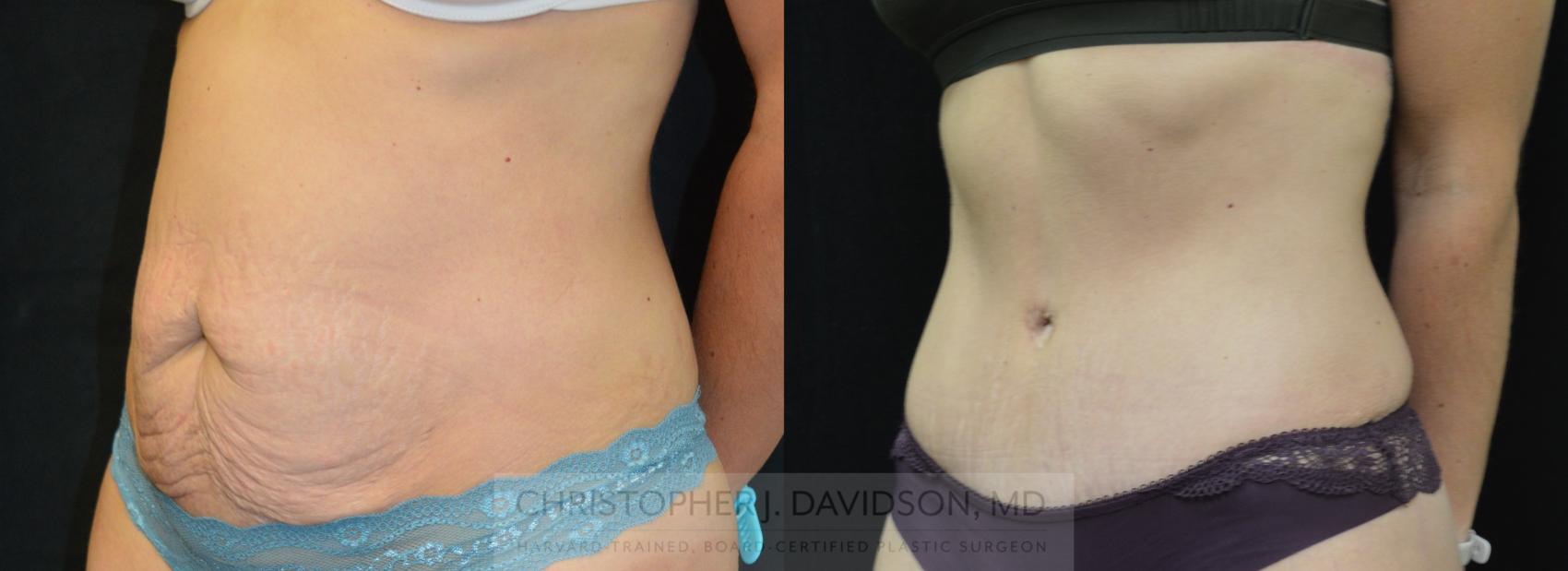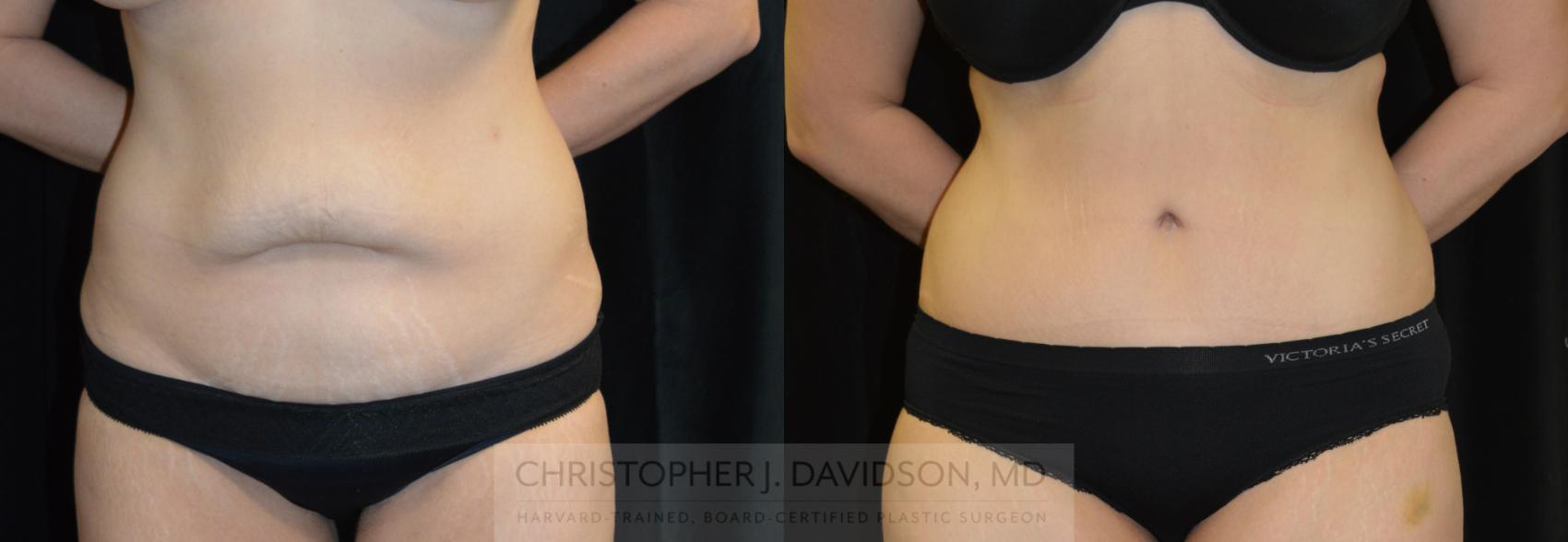In spite of leading a healthy lifestyle, many men and women are still unhappy with their physical appearance or feel their bodies misrepresent their diet and exercise regime. This is usually related to the stubborn pockets of fat that persist around the hips and thighs and create “muffin tops” or the “belly pooch.” Even losing weight may not be enough to really reduce the amount of fat in those areas. For those who have such problem areas, a tummy tuck at our Boston plastic surgery practice may be of help.
What Causes a Belly Pooch?
Throughout your life, your body goes through all kinds of changes. Aging, weight gain and loss, pregnancies, and other health-related conditions cause fluctuations that often result in loose skin, extra pockets of fat, and separated or weakened abdominal muscles. The excess fat has a tendency to settle around your hips due to gravity and is difficult to target with diet and exercise. In particular, the abdominal area from your ribs to pubic bone resists tightening, even with toned muscles.
Pregnancy and weight loss are two of the biggest contributors to those problem areas. During pregnancy, the abdominal wall stretches to accommodate the growing baby. Weight gain also causes the skin to stretch and excess fat to appear. After the pregnancy is over or when weight is lost, the excess skin and fat do not simply disappear or shrink back to a tightened and toned condition. Even regular exercise and following the most stringent diet will not have a significant effect on the belly pooch.
How a Tummy Tuck Can Help
A tummy tuck, or abdominoplasty, is a procedure that can remove excess skin and fat while repairing separated muscles and smoothing and contouring the abdomen. It can also improve or hide existing scars from surgery or pregnancy. You will have a tummy tuck scar after surgery, but it will fade over time and is easily concealable.
Some people also choose to have liposuction performed on adjacent areas, such as the flanks, to further contour the body.
Mini vs. Fully Tummy Tuck
Here at our office, you have two surgical options for a tummy tuck. A full abdominoplasty will target your entire tummy, from your rib cage down to your pubic bone. A partial, or “mini”, abdominoplasty deals specifically with your lower abdomen.
For both procedures, you will be placed under general anesthesia. An incision is made along the lower waistline (for a full tummy tuck, an incision is also made around the belly button). From this incision, the doctor lifts the skin covering the tummy to access the abdominal wall and muscles. Depending on your personal needs, the doctor can repair the muscles, remove excess fat deposits, and tighten the abdominal wall.
A mini tummy tuck will typically involve a simple removal of the excess fat and may or may not involve muscle tightening. Once the doctor has completed his internal work, he will pull the abdominal wall skin back down and trim the excess. For a full tummy tuck, a new belly button may need to be created and popped through the skin surface before being sutured into place. The incision along the lower waistline will then be closed with sutures.
What To Expect After Surgery
Every patient reacts to plastic surgery differently; some have an easier time with recovery than others. Generally speaking, however, patients experience some pain and discomfort after coming out of anesthesia, along with bruising and swelling around the tummy.
The pain can be managed with medication, which the doctor will prescribe. You will also have a drainage tubing to keep fluid from building up at your incisions and reduce swelling. A compression garment is worn to protect your abdomen while it heals and help with the swelling.
The bruising and swelling will subside over time, though they may take anywhere from several days to a few weeks to completely go away. There will be a scar along your lower waistline. This will also fade over time and can be hidden even beneath your bathing suit bottom.
Patients can resume normal activity after a couple weeks, but in the meantime, expect to be sore and have difficulty sitting or standing for long periods of time. It’s recommended that you avoid anything more than light activities for at least four weeks.
Interested? Call Our Office!
If you are interested in a tummy tuck to smooth and contour your body, request a consultation using our online form or call our office at (781) 237-7700 to schedule an appointment. Dr. Christopher Davidson is a Harvard-trained plastic surgeon with a passion for helping people become the best versions of themselves. He will discuss your options with you and create a specialized treatment plan to help you reach your desired goals. You may be able to have other procedures done at the same time, allowing you to take full advantage of everything our office has to offer patients! Call us today!





I would like to know how much is a mini tummy tuck also liposuction.
Thank you for your question. The cost of each particular procedure can vary depending on a patient’s anatomy and needs. Could I please suggest that you call the office to set up a time to chat in person? The best number is 781-237-7700. Best regards. Dr. Christopher Davidson